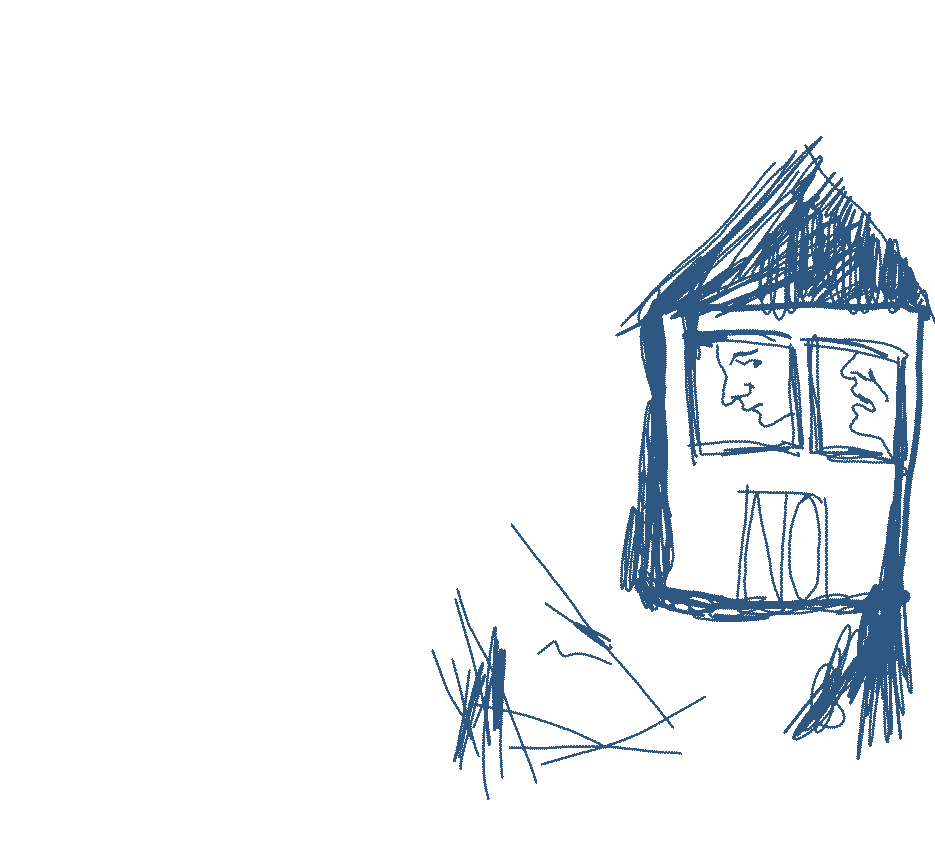
Rubén Viejo works in the San Nicolás mine in Mieres, Spain. It is the country’s last working coal mine.
The last coal miners in Spain
Photographs by Lys Arango
Story by Kyle Almond, CNN
Published March 24, 2023
Rubén Viejo works in the San Nicolás mine in Mieres, Spain. It is the country’s last working coal mine.
Rubén Viejo remembers home being much different when the coal industry dominated the Spanish region of Asturias.
“When I was little, there was a lot of life in these towns: kids everywhere, young people, old people. Lots of shops, cinemas, libraries, discos, bars,” said the 45-year-old Viejo, who is in charge of security at the San Nicolás mine in Mieres. “Mieres nights were mythical: You knew what time you started, but never at what time you would return home.”
Those days are long gone.
Now only one nightclub remains in Mieres, Viejo says.
And San Nicolás is the last working coal mine in all of Spain.



For generations, Spain’s coal industry powered more than homes and businesses. It also powered local economies.
In the 1950s, the industry employed 100,000 people in the country. Today, that number is less than 300.
Asturias, in northwest Spain, has produced much of the country’s coal over the years.
“My father used to tell me many stories about this region because he grew up in the mining basin,” said photographer Lys Arango, who has been documenting this end of an era. “My grandparents settled there during the ’50s when the coal industry was very important and there were many opportunities.”


Not anymore. As Arango found out during her many trips between 2020 and 2022, much has changed since the coal industry’s 20th-century heyday.
“Because there is less and less coal going out, there is less pollution. But also there is less population,” she said.
Her photos focus on the decline of the various mining towns and the stories of the miners — past and present — who still call the region home.
“Despite the accidents and the fact that everything was black, even the river, there was a lot of life here, a lot of people,” remembers José Manuel Lamelas, an 80-year-old former miner. “Working conditions improved a lot and with it, wages. Of course, no one gave it to us for free. We had to fight, take to the streets, protest. The strikes were mythical, and many things were achieved. But we could not stop the closure of mines and the consequent depopulation.”

Spain has been moving away from coal and investing in green energy. In 2018, its government reached a deal with mining unions that has been called the Just Transition. This agreement would allow for miners as young as 48 to claim early retirement. Younger workers would be retrained for clean-energy jobs. And a fund of 250 million euros would be invested in mining communities over 10 years.
“Our aim has been to leave no one behind,” said Teresa Ribera, Spain’s minister for ecological transition.
The deal was hailed by many as a model agreement. But there is still a long way to go.
“It’s not just the coal industry that is disappearing,” Arango said. “All the other industries that were close to the mine, like all the metallurgic industries that were giving the instruments, the tools, to the mines, they are also closing. All the bars, all the restaurants, all the life there is just closing little by little because young people, they don’t have any more jobs. They have to go out of the region to search for jobs.”


Arango said some of the miners feel abandoned.
“The industrial heritage in Asturias is enormous and of significant historical relevance. However, very little is done to keep it in good condition,” said Adrián San Martín, a 38-year-old miner from Mieres. “When I pass by the closed mines, like the one in Olloniego, and see the rusty tower and the abandoned facilities, I feel terrible.”
San Martín started working as a miner when he was 24, and he doesn’t know what his future will be when San Nicolás eventually closes.
“What saddens me the most is not that mining ends,” he told Arango. “I understand that coal pollutes and that we have to look for other energy models. But I am outraged that the mines stop here if coal continues to be imported from other countries, such as South Africa or Colombia, which arrives at the ports of Europe.”



Lamelas, the 80-year-old former miner, worries about the region’s future.
“Young people leave the basins in search of work,” he said. “I have three children, and all three have left Mieres.”
Lamelas is now part of the Turón Mining Choir, a group of former miners who still sing the songs of the mine — all while wearing work uniforms.
“We are the living memory of this region,” he told Arango.
Many of the miners share a sense of pride.
“In the mine there is a very strong camaraderie,” said miner Jose Manuel Guerra, 39. “You work side by side with many colleagues in a dark place and where you know that the slightest mistake can cost you or your colleagues your life. That creates a very strong brotherhood between us.”

Guerra showed off a tattoo to Arango that depicts the tower of the first mine where he worked. Coal, he says, is literally in his skin and that of his fellow miners.
“When we cut ourselves inside the mine, coal dust gets into your skin and then heals, leaving you with a black mark for life,” he explained. “I have black scratches all over my body.”
Viejo, San Nicolás’ head of security, remains hopeful for the future.
“I will never leave Mieres,” he told Arango. “I live happily with my wife and children. I also believe that a revival of the basin is possible.
“There are young people trying to offer alternatives to the mine. For example, my colleagues and I have set up a music festival; others a gastronomic restaurant. We must recover this region.”







